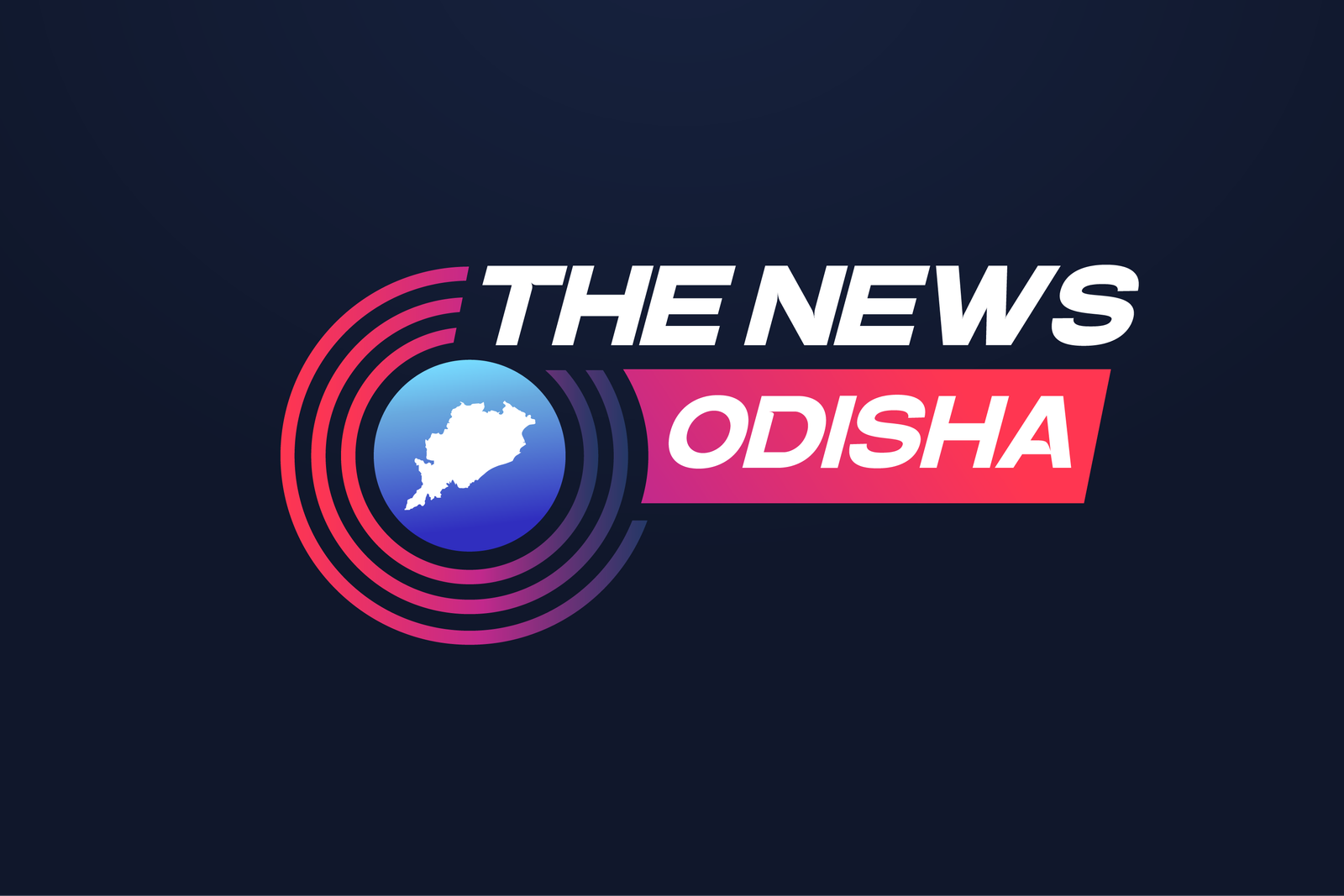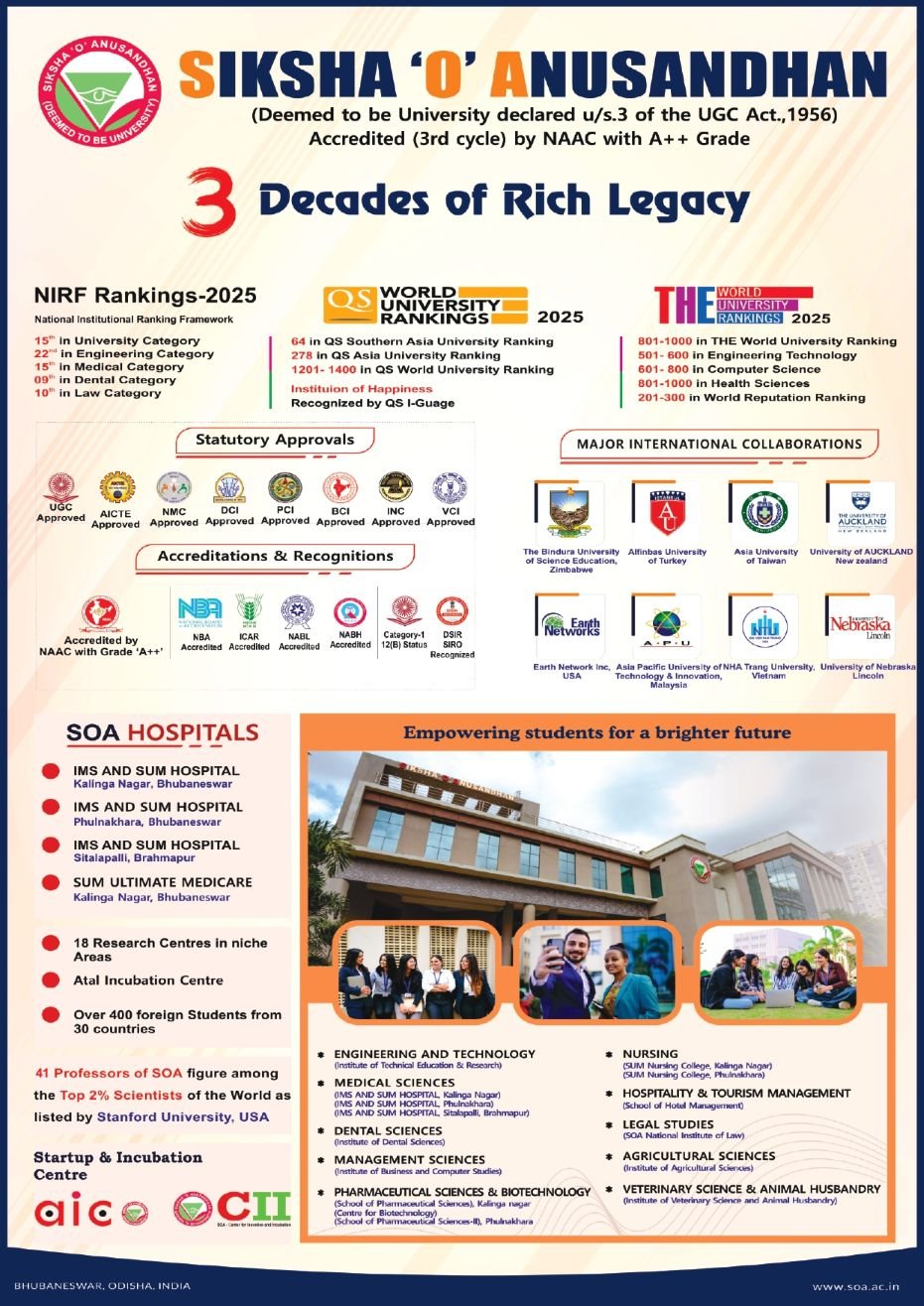Odisha Manaska explores maritime history and Odia identity preservation

Bhubaneswar, Nov 22: The fourth edition of Odisha Manaska, organized by All Things Odisha at the Safe Odisha for Her (SFH) headquarters, facilitated an insightful discussion on the theme of “Maritime History and the Construction of Odia Identity.”
The event brought together individuals from diverse backgrounds who shared experiences, insights, and strategies to preserve Odisha’s rich maritime heritage. The discussions highlighted the deep pride Odias feel for their maritime past while addressing the challenges of historical erasure and the diminishing connection with this legacy. Participants underscored how Odisha's maritime history is intricately linked to its cultural identity and emphasized the importance of transferring knowledge across generations to bridge gaps in understanding.
Odisha’s historical trade routes connected the Mahanadi and Bay of Bengal to distant regions like Bali, Java, Sumatra, Malaya, and Sri Lanka, fostering vibrant cultural, economic, and culinary exchanges. Despite this illustrious past, the state’s maritime history is under-documented, with fragmented accounts surviving primarily through oral traditions. Experts emphasized the need for systematic research and documentation to preserve this legacy, highlighting cultural similarities like the shared concepts of Sthan, Kala, and Patra (Place, Time, and Person) that underscore Odisha’s global influence. However, they lamented the lack of educational focus on this topic and called for greater inclusion in academic curriculums.
The dialogue also shed light on the uneven recognition of maritime traditions across Odisha. While coastal regions celebrate festivals like Boita Bandana and Bali Jatra, the western parts of the state remain less engaged with these customs. Efforts to popularize maritime heritage in these regions have begun, but participants stressed the need for inclusive celebrations to bridge regional gaps. Integrating maritime history into school curricula in both Odia and English was suggested as a way to inspire pride among younger generations. Stories like the folk tale of Tapoi were recommended as educational tools to merge folklore with history.
The role of rivers, particularly the Mahanadi, as cultural and trade lifelines was a recurring theme. Once vital arteries of commerce, these rivers now face threats from pollution and neglect. The forum proposed using cultural celebrations like Boita Bandana to raise awareness about river conservation and sustainable practices, linking ecological preservation with heritage preservation.
The event concluded with a six-point strategy to revive Odisha’s maritime identity. These included incorporating maritime history into academic curricula, reimagining Bali Jatra as an immersive experience to showcase ancient trade and cultural exchanges, systematically documenting and archiving maritime history, promoting interdisciplinary research, building public awareness through community platforms like Odisha Manaska, and linking maritime-themed festivals with ecological conservation.
Odisha’s maritime history represents more than just trade; it is a testament to cultural pride and global influence. Reviving this legacy through education, research, and celebrations can help Odias reconnect with their roots while inspiring future generations. Participants emphasized that reclaiming this history is not merely about honoring the past but about shaping a stronger and prouder Odia identity for the future.




